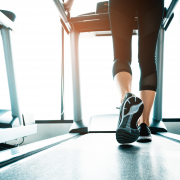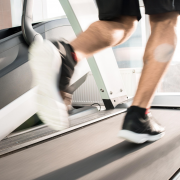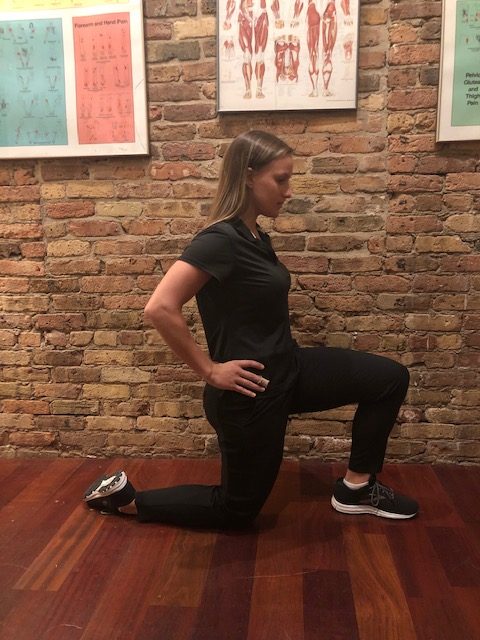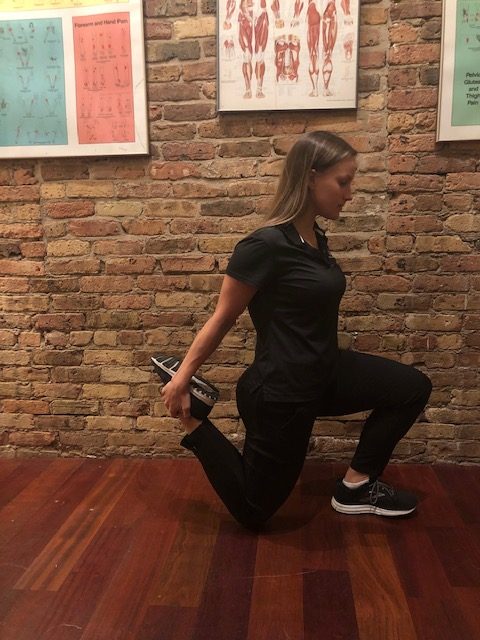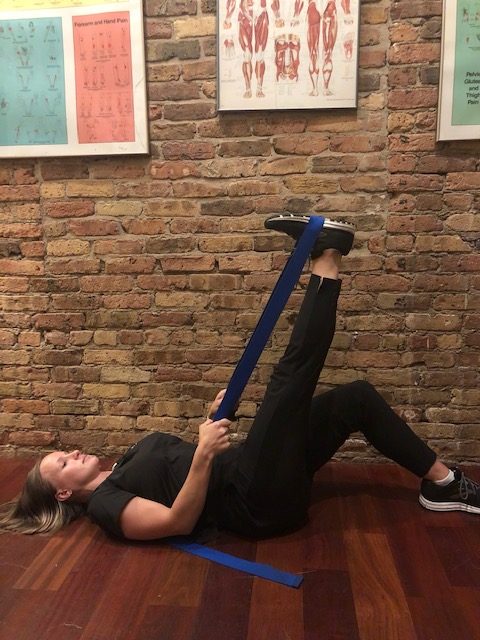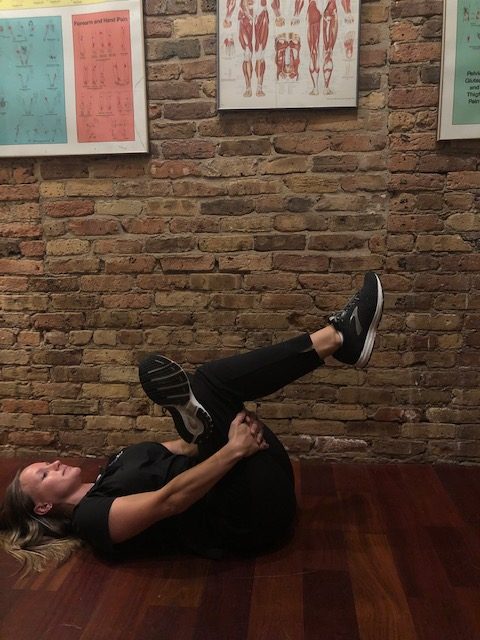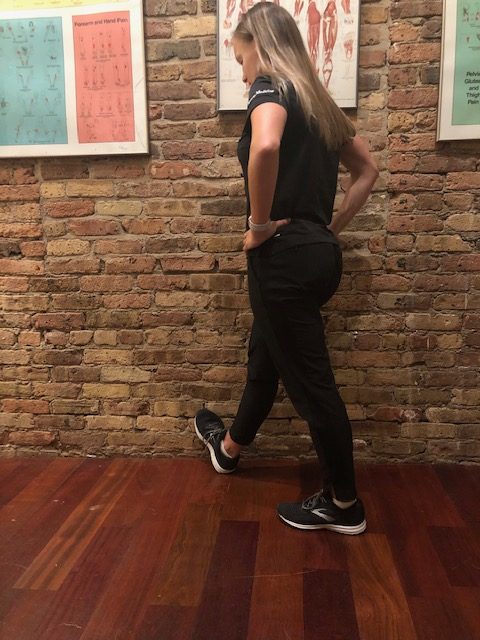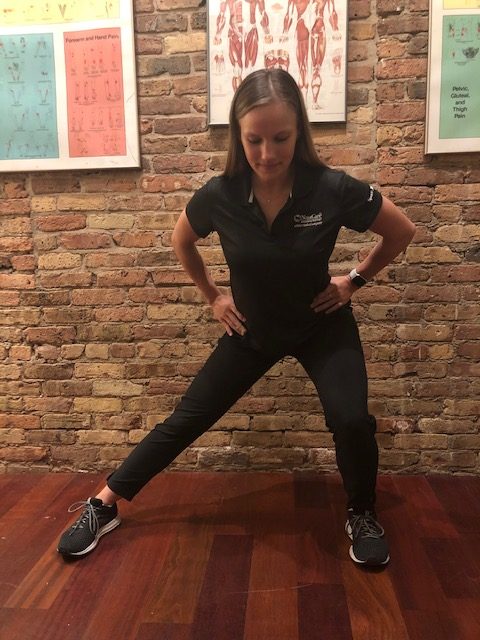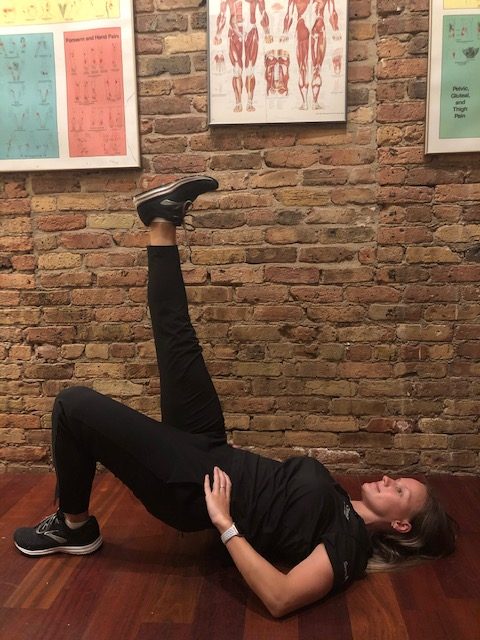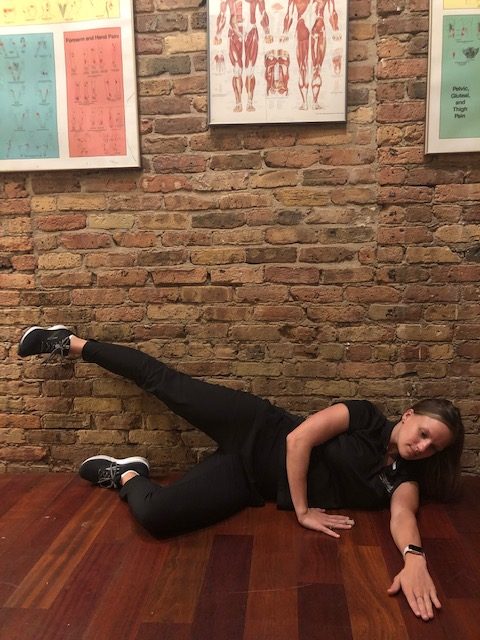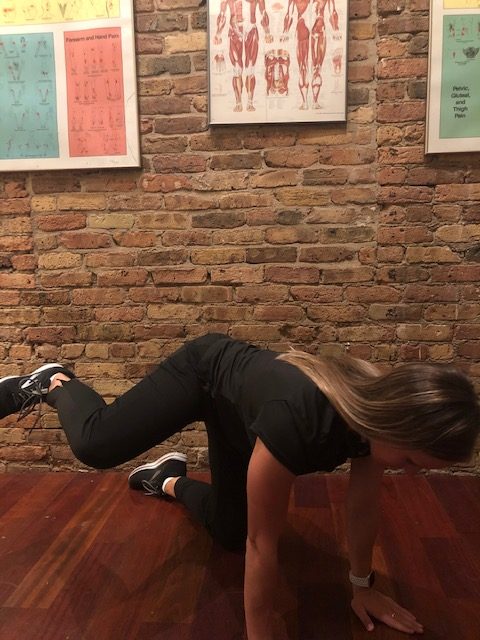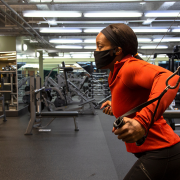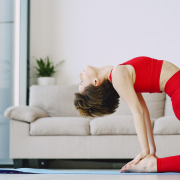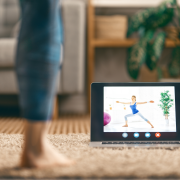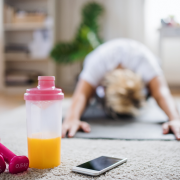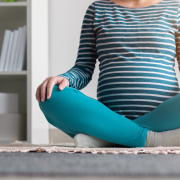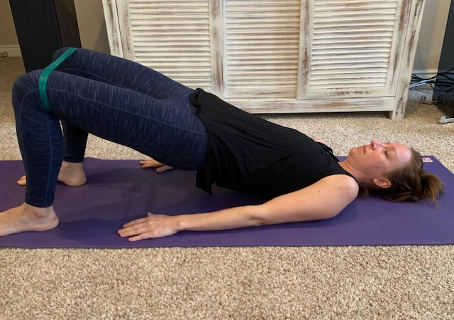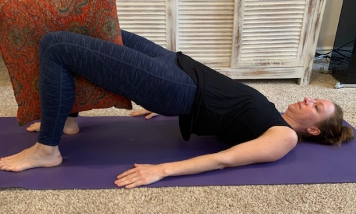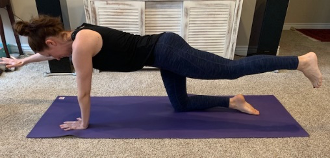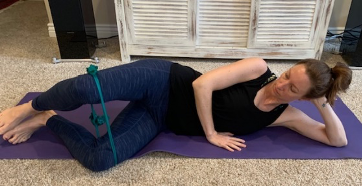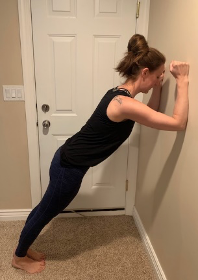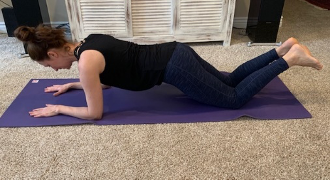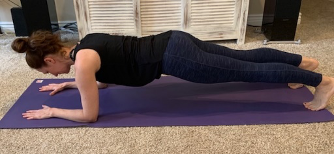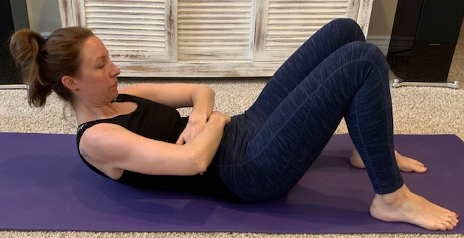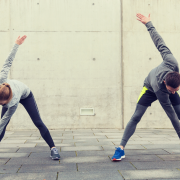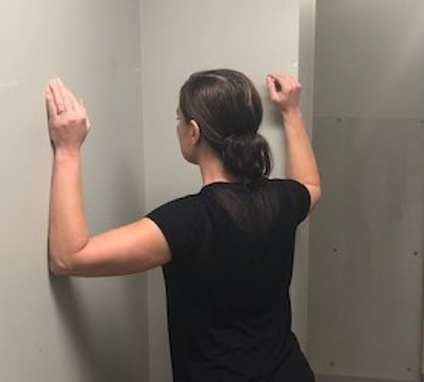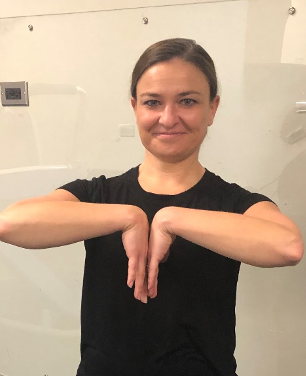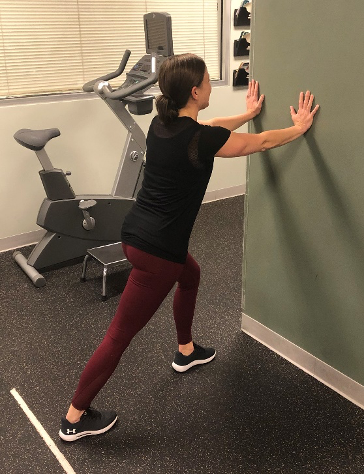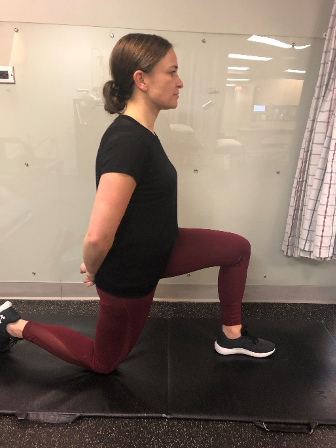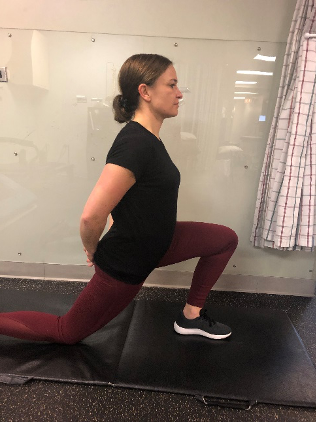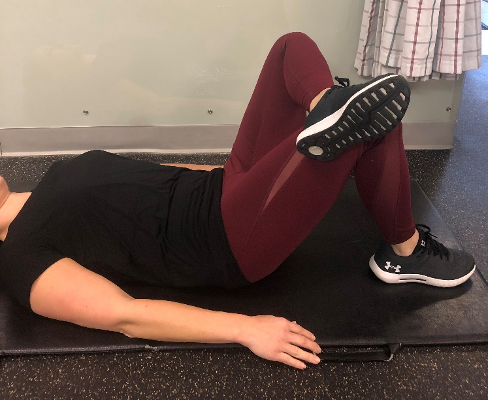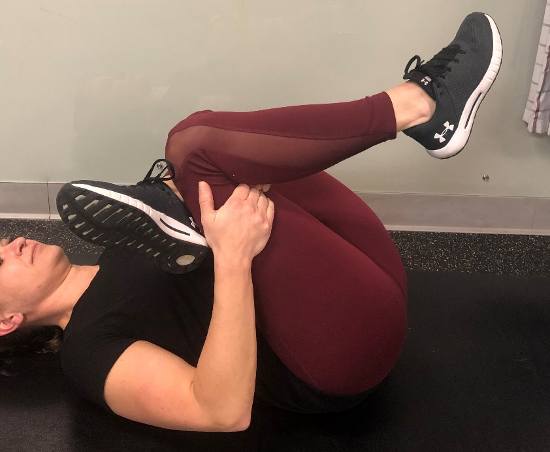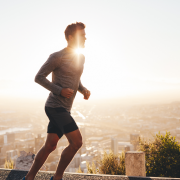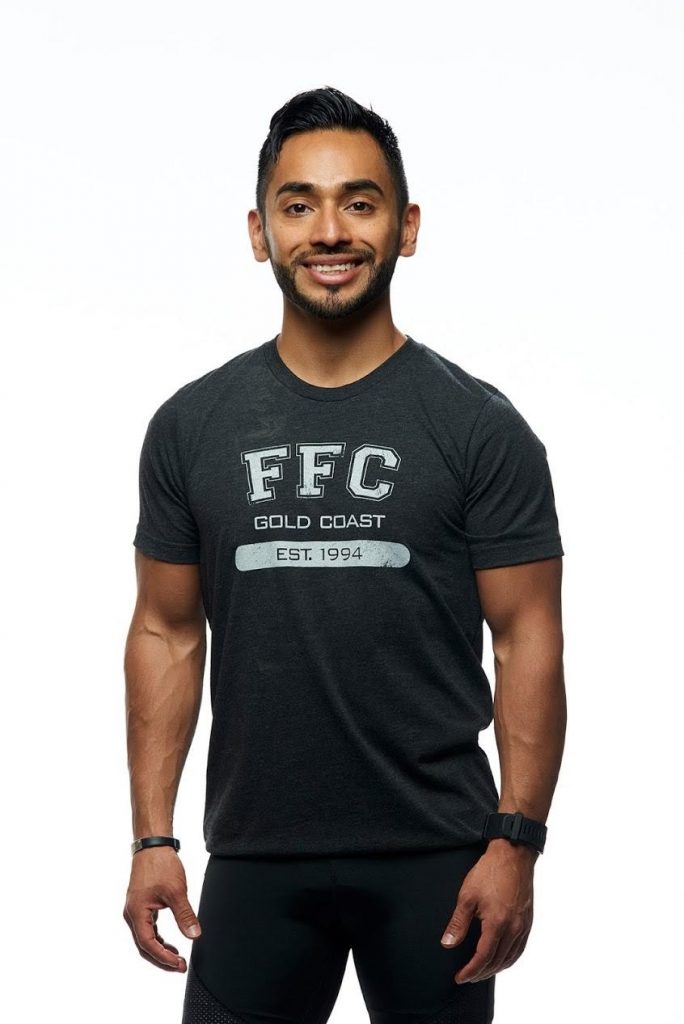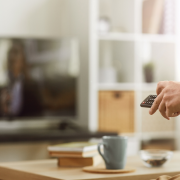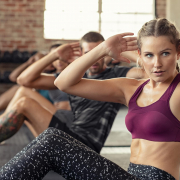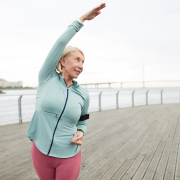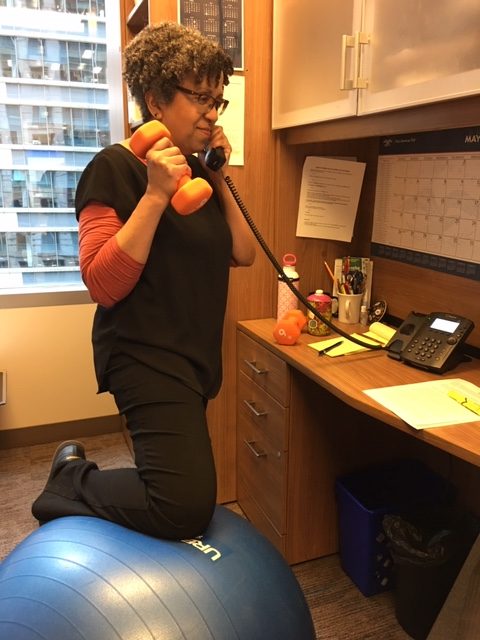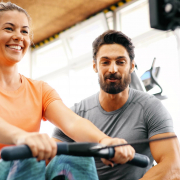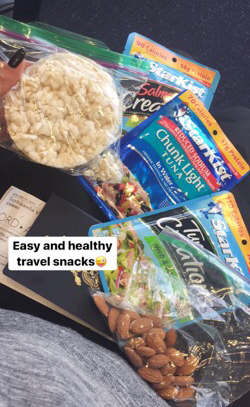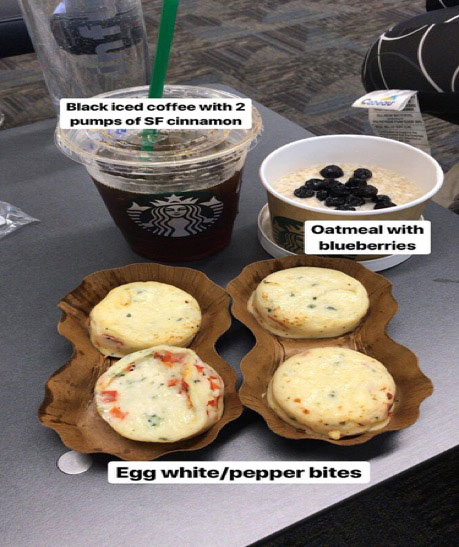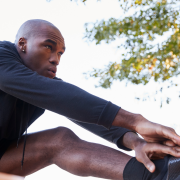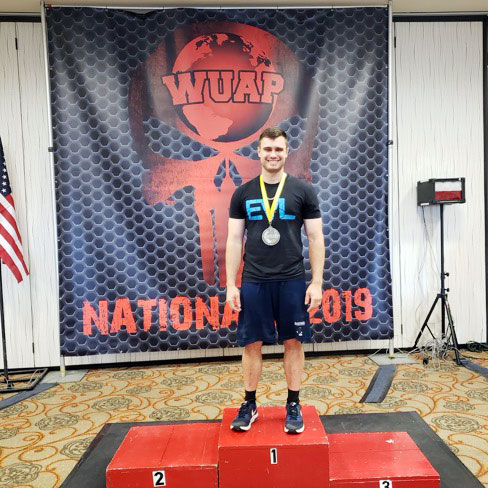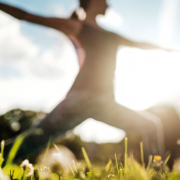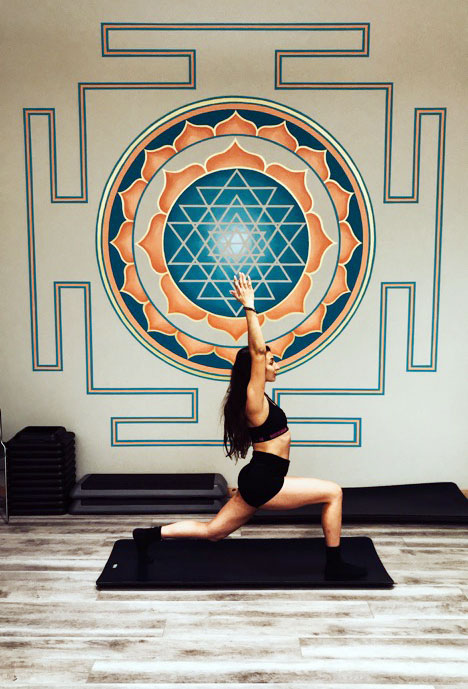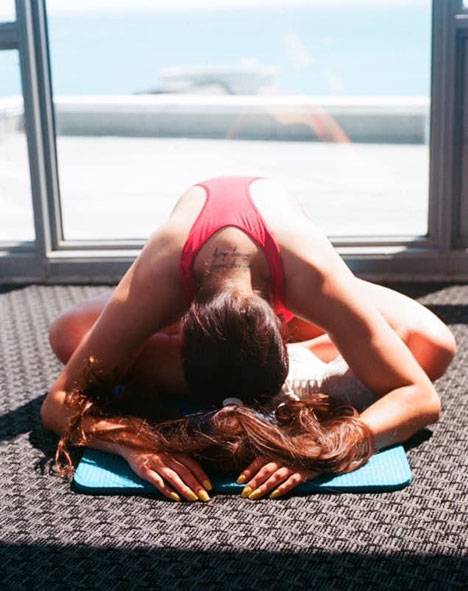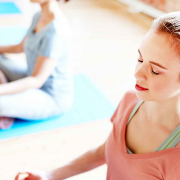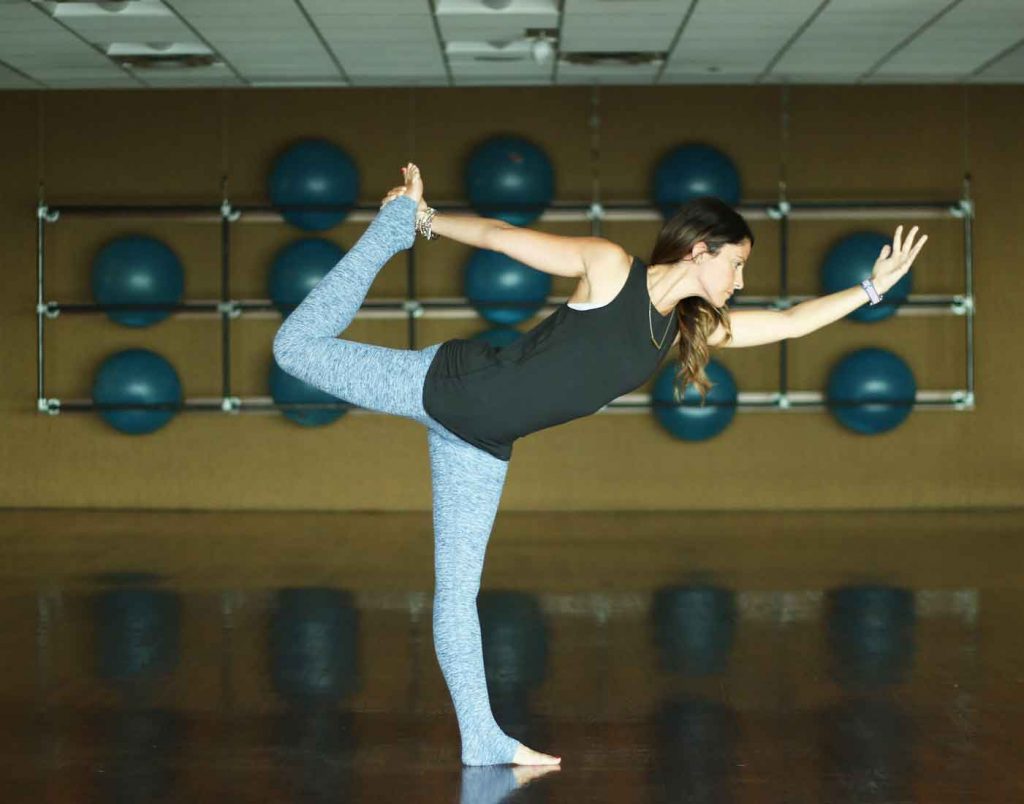Goodbye, Chicago Summer: Move Your Exercise Routine Into The Club With These Two Cardio Workouts
Here in Chicago, we joke that the city only has two seasons: winter and construction. And with winters as notoriously brutal as ours, it’s no wonder that Chicagoans wait all year for the fleeting 100 days of summer. The city comes alive in the summertime with movies in the parks, festivals in the streets and crowds spilling out of Wrigley Field.
This summer, however, in the midst of the coronavirus pandemic, bicycles replaced Lollapalooza tickets as the must-have item of the season, and runners and walkers took to the lakefront with renewed enthusiasm for logging their daily steps.
With the temperatures starting to drop, we want to encourage Chicagoans to stay active by moving their outdoor workouts indoors to FFC.
FFC Group Fitness Director Lois Miller and FFC Group Fitness Manager Lara Mele, both outdoor fitness enthusiasts in their own right, have developed two 30 minute workouts and accompanying playlists to assist with the transition to indoor cardio sessions.
Lace up those running shoes or clip into a stationary bike, and let’s get moving!
Rate Of Perceived Exertion (RPE)
For these 30 minute workouts, Lois and Lara both measure different levels of intensity using a Rating of Perceived Exertion (RPE). Do you best to push yourself or take it easy based on Lois and Lara’s recommendations for RPE throughout the workouts.
30 Minute Treadmill Workout
Lois’s RPE Scale: Intensity levels are based on a scale of 1 – 10 (how hard do you think you are working?) 1 = complete rest, 6 = conversational moderate intensity, 8 = fast/hard to maintain conversation, 10 = maximum effort
A great playlist makes for a great workout. Tune in to Lois’s Spotify playlist for this workout below!
Warm Up Jog/Run (5 minutes)
Before jumping into the warm up, please take a few minutes to walk or incorporate some dynamic stretches to get your blood flowing and muscles warm.
- Jog: Incline 1.0 / Speed RPE: 6 (1 minute)
- Run: Incline 1.0 / Speed RPE: 8 (1 minute)
- Jog: Incline 1.0 / Speed RPE: 6 (1 minute)
- Run: Incline 1.0 / Speed RPE: 8 (1 minute)
- Walk Rest: Incline 1.0 / Speed RPE 3 (1 minute)
Drill 1: Rolling Hills (6 min 15 sec)
For our first drill, set and keep your speed at an RPE of 6 (scale of 1 – 10, a 6 is moderate intensity). While your speed stays the same throughout, your incline will change every 45 seconds.
- Incline 1.0 – 45 seconds
- Incline 4.0 – 45 seconds
- Incline 2.0 – 45 seconds
- Incline 6.0 – 45 seconds
- Incline 3.0 – 45 seconds
- Incline 8.0 – 45 seconds
- Incline 4.0 – 45 seconds
- Incline 1.0 – Recovery Walk for 45 seconds
Drill 2: Speed Work (7 minutes)
For our second drill, the goal is to keep your speed at an RPE of 8 (scale of 1 – 10, an 8 is fast/hard to maintain conversation) while the incline changes. You will have 6 sprint intervals, 30 seconds on, 30 seconds off.
- Incline 1.0: 30 seconds on, 30 second recovery (straddle the treadmill)
- Incline 3.0: 30 seconds on, 30 second recovery (straddle the treadmill)
- Incline 1.0: 30 seconds on, 30 second recovery (straddle the treadmill)
- Incline 3.0: 30 seconds on, 30 second recovery (straddle the treadmill)
- Incline 1.0: 30 seconds on, 30 second recovery (straddle the treadmill)
- Incline 3.0: 30 seconds on, 30 second recovery (straddle the treadmill)
- Incline 1.0: 1 minute to walk and recover
Related: Runners, Take Note: These 8 Exercises Could Help Prevent An Injury
Drill 3: Walking Climb (12 minutes)
For our third and final drill, begin walking at a comfortable pace, no faster than 4.0. Input treadmill to Incline 15 and continue to walk as the treadmill reaches an Incline of 15.
Once you hit the incline, continue walking for 1 more minute. Return the treadmill to Incline 1.0, and continue to walk as the treadmill declines.
Once it reaches 1.0, stay there for another minute. Repeat this process for a total of 4 rounds.
Congratulations, your workout is complete! Be sure to stretch your hamstrings, quads, glutes, calves and upper back after your workout.

30 Minute Cycling Workout
Lara’s RPE Scale: Intensity levels are based on a scale of 1 – 4 (how hard do you think you are working?) 1 = easy, light 2 = moderate, aerobic endurance 3 = hard, challenging effort, 4 = breathless, all out
RPMs: Stands for rotations per minute. This is your cadence, or speed of the your legs, on the bike.
Lara’s class is built off of the Spotify playlist below. Tune in and get ready to sprint and climb to these Top 40, Dance, Rock and Alternative tunes all released in 2020!
Song 1: Lose Control (Pink Panda Remix) – MEDUZA, Becky Hill, Goodboys, Pink Panda (2:51)
Start your ride with an easy spin (80-90 rpms) and light resistance. You have two chances to raise your intensity a touch and spin up over 100 rpms at :45-1:15 & again at 2:15-2:45. RPE 1-2.
Song 2: Malibu – Kim Petras (3:11)
Start climbing your first of 3 hills during this song by adding resistance and slowing that cadence to 65 rpms. Pop out of the saddle during the chorus. RPE 2-3.
Song 3: Head & Heart (feat. MNEK) – Joel Corry, MNEK (2:45)
Get ready for some 2-count jumps during this song. Be sure you give yourself enough resistance when you stand up. 3 sets of 16 jumps on :38-1:09, 1;25-1:56 & 2:12-2:45. RPE 3.
Song 4: Don’t Start now – Dua Lipa (3:03)
Climb #2 at 65 rpms, maintain that steady cadence. Increase your resistance slightly and stand up for 30 seconds at :33, 1:27 & 2:30 on the clock! RPE 3.
Song 5: Hero – Weezer (3:56)
Ride easy while you recover from your hill, and get ready for BREATHLESS sprints. You have 3 sprints, and you can choose to do these seated at 100-120 rpms or standing 85-105 rpms. Hit it hard at :54-1:22, 2:03-2:30 & 3:25-3:45 on the clock. Earn those recoveries by going as hard as you can on your sprint! RPE 4.
Song 6: Smile – Katy Perry (2:46)
Ride easy to recover from your last sprint then slowly bring yourself back into RPE 2 at 100 rpms. Try to keep it steady as you spin those legs fast, but keep your heart rate from rising too high.
Song 7: I Really Wish I Hated You – blink-182 (3:10)
Settle in at 70-75 rpms for your final climb. This climb is not as steep as your previous climb, but you have 3 hard accelerations on this hill. Add resistance and pick up your rpms by 15-20 at :55-1:09, 1:35-2:05 & 2:43-3:10. RPE 3-4.
Song 8: Blinding Lights – The Weekend (3:20)
Spin easy for about 60 seconds while you recover from your last climb. Then get ready to ramp it up again with a goal or 100-110 rpms at 1:00-1:34, 1:57-2:19 & 2:42-3:05. Remember to add enough resistance so you don’t bounce in the saddle. RPE 2-3.
Song 9: Father of All – Green Day (2:31)
Finish your ride with some short, HARD sprint efforts. Increase your resistance and jump out of the saddle and SPRINT at :45 (10 seconds), 1:37 (10 seconds) & 2:00 (30 seconds). RPE 4.
Song 10: Level of Concern – Twenty One Pilots (3:40)
You made it! Time to cool-down. Ride easy to finish your workout to this latest release by Twenty One Pilots. RPE 2-1.

Post written by FFC Contributor Natalie Casper, with workouts created by FFC Group Fitness Director Lois Miller and FFC Group Fitness Manager Lara Mele.

